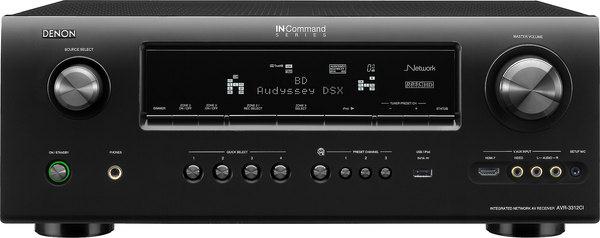Choosing the right connections and using the proper settings will help you get all the audio and video performance you paid for.
Here are a few tips that will help make your receiver setup go more smoothly:

Getting your receiver setup properly can have a huge impact on the performance of your system.
There are two basic kinds of cables you'll need to connect your system: audio/video patch cords designed to handle the low-level analog or digital music and picture signals, and speaker wire to carry the amplified sound from the receiver to your speakers. The first step is to identify the types of connections your receiver and the other components in your system offer, then determine which connections and cables to use to get the best possible performance.
Keep in mind, there's usually more than one way to connect A/V gear to your receiver. If you're connecting a great many components, you may not be able to use the most recommended connection for all of them. We'll provide suggestions to help you choose a different connection type if you run into this situation.